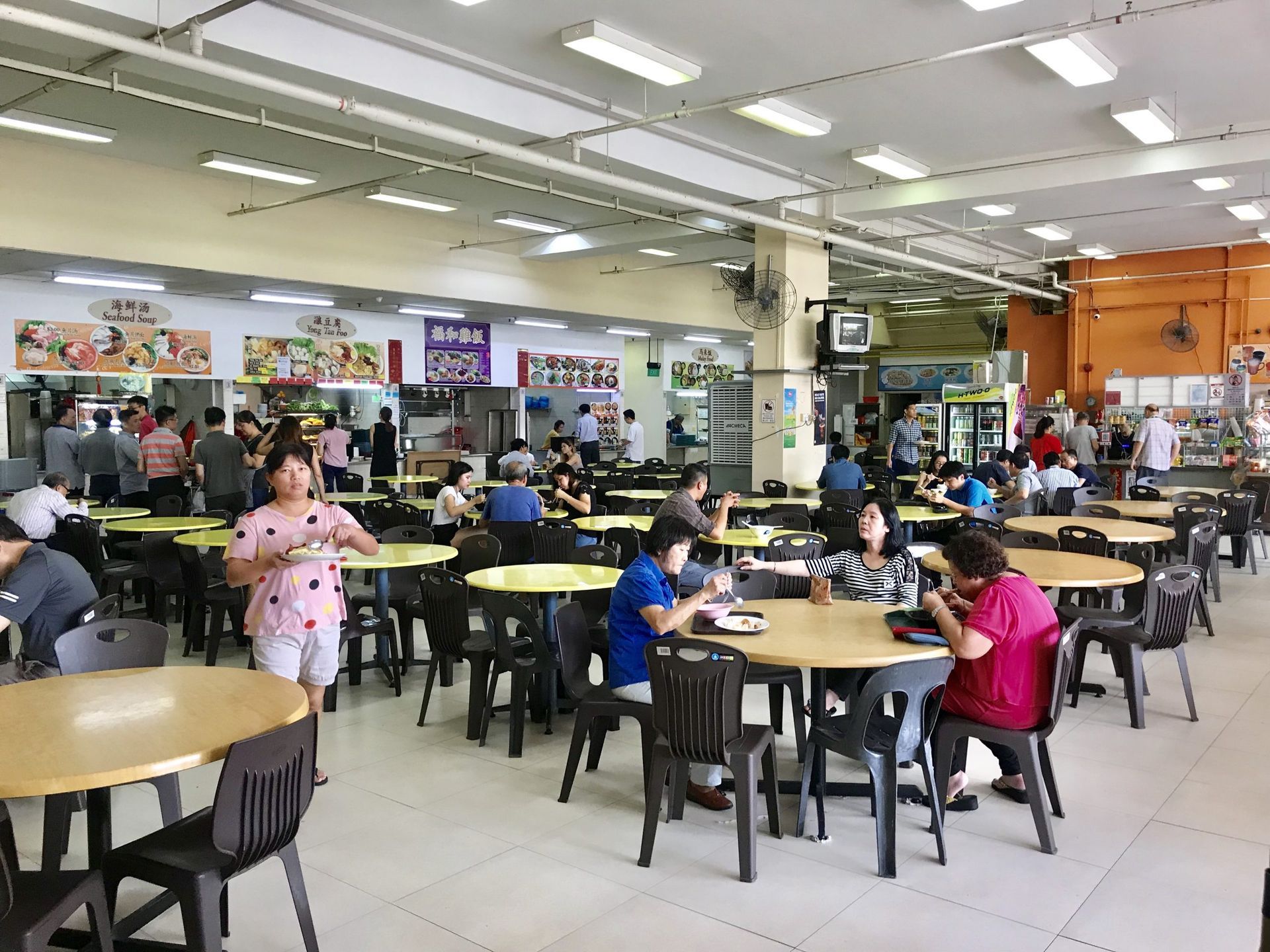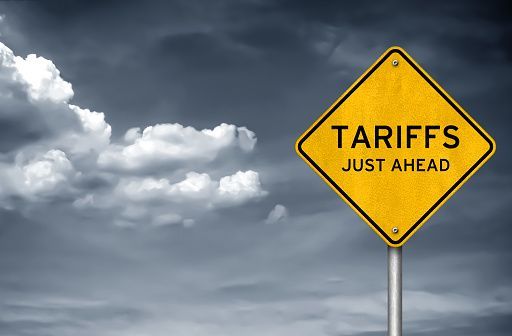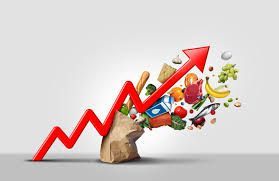How to measure customer loyalty for your F&B & why it matters
Understanding and measuring the return on investment (ROI) of loyalty programs is important for F&B businesses. Retaining customers and enhancing loyalty through various strategies, is where Customer Relationship Management (CRM) systems play a pivotal role. This discussion delves into the key metrics that matter in measuring loyalty ROI, with a focus on CRM's integration into customer loyalty solutions.
The Role of CRM in F&B Loyalty Programs
CRM systems are more than just databases. They are dynamic tools that F&B businesses leverage to track, analyze, and interact with members to constantly re-engage them to bring them back to your F&B business. By integrating loyalty programs into CRM, businesses can offer personalized experiences that resonate with individual preferences and behaviors, thereby enhancing customer satisfaction and loyalty.
Key Metrics for Measuring Loyalty ROI
Customer Lifetime Value (CLV)
CLV represents the total revenue a business can expect from a single customer account throughout their relationship. It is a important metric for understanding the long-term value of investing in customer loyalty programs. A high CLV indicates that the loyalty program is effectively encouraging customers to return and spend more over time. This data can be tracked through CRM solutions by looking at customer's spending history over a period of time.
Repeat Purchase Rate (RPR)
Repeat Purchase Rate (RPR) measures the percentage of customers who return to make additional purchases over a specific period. This directly reflects the success of loyalty programs in encouraging repeat business for your F&B business.
How RPR is Calculated
RPR is calculated by dividing the number of customers who have made more than one purchase by the total number of customers, then multiplying by 100 to get a percentage. For example, if an F&B business has 100 customers and 30 of them have made more than one purchase, the RPR would be 30%.
Why RPR Matters
- Indicator of Customer Loyalty: A high RPR signifies strong customer loyalty, as customers are choosing to return and make additional purchases.
- Feedback on Customer Satisfaction: Repeat purchases can also indicate customer satisfaction with the product or service, as customers are unlikely to return if their previous experience was unsatisfactory.
- Predictive of Long-Term Success: Businesses with higher RPR are likely to experience more stable revenue streams and can predict future growth more accurately.
CRM systems enhance the ability to track and analyze RPR by segmenting customers based on their purchasing behavior, enabling targeted marketing strategies to increase this rate.
Redemption Rate
The Redemption Rate is important for evaluating the effectiveness of a loyalty program's reward structure. It measures the percentage of issued rewards that customers actually redeem.
Significance of Redemption Rate
- Engagement Indicator: A high redemption rate suggests that customers are engaged with the loyalty program and find the rewards appealing and valuable.
- Program Attractiveness: It reflects the attractiveness of the rewards offered, indicating whether they align with customer desires and expectations.
- Optimization Opportunities: Analyzing redemption rates can help businesses identify opportunities to adjust their loyalty programs to better meet customer preferences.
CRM systems play a vital role in tracking redemption rates, as it often serves as the means for members to keep track of and redeem these rewards. As such, CRM systems can offer valuable insights into which rewards are most popular among customers and enabling businesses to tailor their loyalty programs for maximum effectiveness.
Customer Acquisition Cost (CAC) vs. Customer Retention Cost
Understanding the balance between CAC and Customer Retention Cost is essential for F&B businesses to allocate their resources efficiently.
- CAC represents the total cost of acquiring a new customer, including advertising and marketing expenses.
- Customer Retention Cost involves the expenses related to keeping an existing customer, such as loyalty programs, customer service, and engagement activities.
Why the Comparison Matters
- Cost Efficiency: It is generally more cost-effective to retain an existing customer than to acquire a new one. By focusing on loyalty programs, businesses can reduce their overall marketing expenses while maintaining a steady revenue stream.
- Long-term Value: Investing in customer retention through CRM-enhanced loyalty programs can significantly increase a customer's lifetime value to the business.
Conclusion
In the F&B industry, measuring the ROI of loyalty programs through CRM systems is not just about tracking sales; it's about understanding customer behavior, preferences, and satisfaction. By focusing on key metrics like CLV, RPR, Redemption Rate, and balancing CAC with Customer Retention Cost, businesses can optimize their loyalty programs, ensuring they deliver value both to the customers and the business itself. Leveraging CRM tools to enhance these programs enables F&B businesses to cultivate lasting customer relationships, driving both loyalty and profitability.
If you are looking to adopt a CRM solution for your F&B business to boost customer loyalty and return spendings, WhatsApp us or send us an enquiry
Interested in a CRM Based POS System, QR ordering or a standalone CRM membership system?
Send an Enquiry!
You might also like



